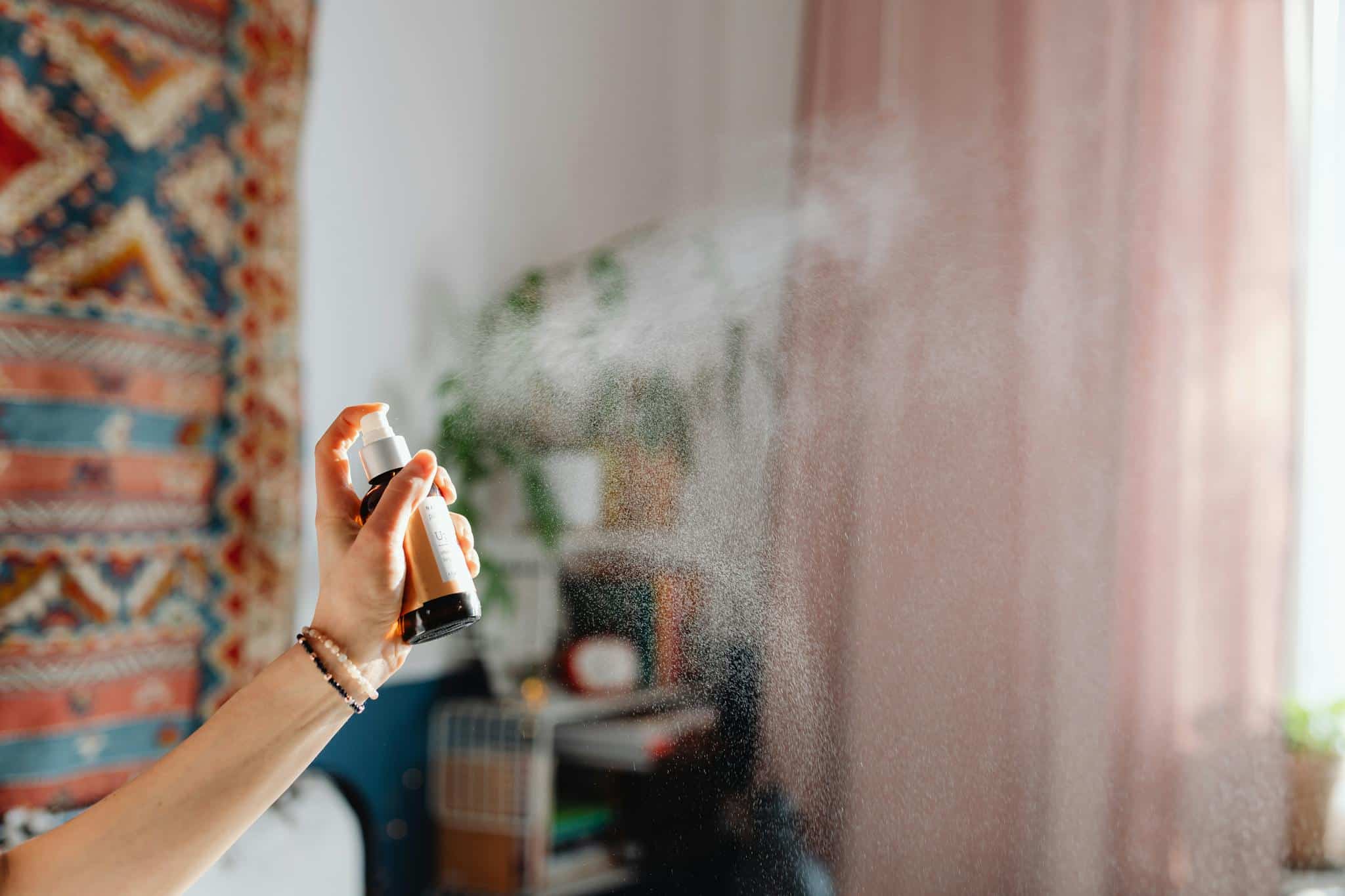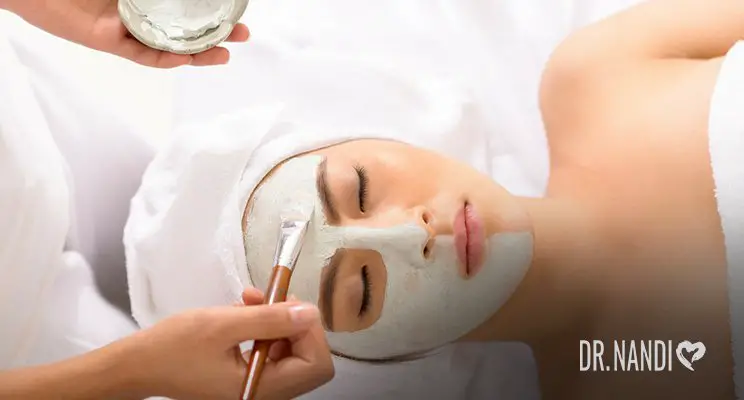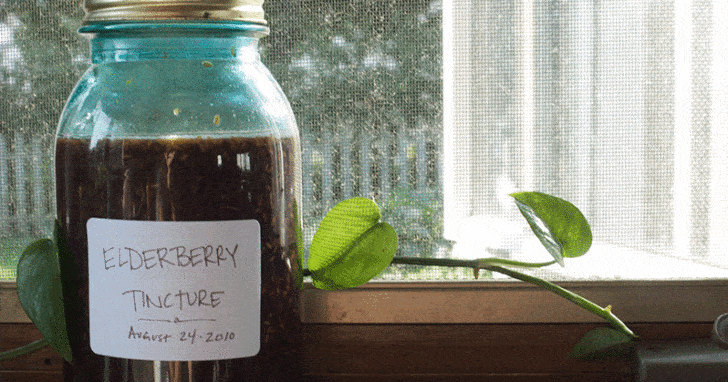We all yearn for that moment of relief and pleasure as we step into our homes, greeted by a fresh and welcoming scent. It’s a subtle but profound way of saying, “Welcome back, relax.” Unfortunately, in our quest to achieve this inviting atmosphere, many of us unknowingly compromise the very essence of a healthy home by using common air fresheners.
These products, while effective in masking unwanted odors, come packed with a cocktail of chemicals that could do more harm than good. But what if I told you there’s a better way? A way to keep your home smelling fresh without resorting to potentially harmful substances?
Join me as we explore the hidden dangers of synthetic air fresheners and unveil natural, health-friendly alternatives that promise to transform your home into a haven of freshness and safety.
The Hidden Dangers of Common Air Fresheners
In many households, the use of air fresheners is as commonplace as the use of soap. A staggering 75% of American families turn to these fragrant solutions to keep their living spaces smelling pleasant. [1]
Yet, beneath their sweet scents and promises of freshness lies a troubling reality. These seemingly innocuous products harbor a myriad of dangerous chemicals, with phthalates leading the charge. Originally used in cosmetics across the UK, phthalates have since been identified as potential health hazards, lurking in the very air we breathe at home. [2]
A revealing study by the National Resources Defense Council uncovered that out of 14 air fresheners tested, 12 contained phthalates, despite some being marketed as “all-natural” or “unscented.” The implications are alarming, as these chemicals are linked to a range of health issues, from hormonal imbalances to developmental problems in children.[3]
But the concern doesn’t stop with spray cans and plug-ins. Scented candles, a popular choice for creating a cozy atmosphere, have their dark side too. Research indicates that burning paraffin wax candles, especially in poorly ventilated spaces, releases toluene and benzene into the air—both recognized carcinogens. Meanwhile, reed diffusers, often perceived as a safer alternative, can pose risks to our furry friends and little ones, containing substances harmful if ingested or coming into contact with skin. [4]
This revelation may be disheartening, especially for those of us striving to maintain a welcoming and fragrant home. However, the silver lining is that there are numerous natural alternatives capable of achieving this goal without compromising our health.

Natural Alternatives for a Fresh-Smelling Home
Embracing natural solutions for a fresh-smelling home not only nurtures your living space but also safeguards the health of your loved ones. Let’s explore some delightful and natural air fresheners that promise to infuse your home with clean, invigorating scents without the health risks posed by their chemical-laden counterparts.
Ground Coffee
Ground Coffee: Transform your home into a haven of warmth and welcome with the rich, enveloping aroma of coffee. Simply grind some coffee beans and let the natural fragrance fill your space. This method serves the dual purpose of offering you a superior coffee experience while naturally deodorizing your home. The scent of coffee is not only comforting but also has the power to neutralize unpleasant odors, making it a perfect addition to your kitchen or living area.
Clean with Fruit
Clean with Fruit: Who knew that your path to a fresher home could lie in your fruit basket? Lemons, in particular, are nature’s gift to home cleaning and freshening. A natural disinfectant, lemon juice can be used to tackle soap scum and limescale in the shower, or mixed with baking soda for a potent toilet cleaner. The result is a home that doesn’t just look sparkling clean but smells incredibly fresh too.
Bake Something Sweet
Bake Something Sweet: There’s nothing quite like the aroma of baking to make a house feel like a home. Whether it’s cookies, brownies, or a homemade cake, baking fills your space with a comforting and inviting scent that is sure to make your guests feel welcome. Plus, you get the added bonus of enjoying a sweet treat!
Boil Cinnamon
Boil Cinnamon: For a spicy, sweet aroma that’s as effective as any air freshener spray, turn to cinnamon. Simply boil a few sticks in water, and let the steam carry the scent throughout your home. This method is not only natural and safe but also incredibly economical.
DIY Room Spray
DIY Room Spray: Create your own room spray with just a few simple ingredients: lime juice, water, and baking soda. This mixture neutralizes odors naturally, leaving your home smelling fresh and clean. It’s a quick, easy, and affordable way to refresh your living space without any synthetic chemicals.
Incorporating these natural alternatives into your routine is a step towards a healthier, more environmentally friendly home. Not only do they offer effective solutions to odor control, but they also add a personal touch to your space, making it truly your own.
Fresh Flowers
Fresh Flowers: Bringing a bouquet of fresh flowers into your home is perhaps one of the most straightforward and beautiful ways to naturally enhance the scent of your space. Flowers not only add a splash of color and life to any room but also emit a soft, natural fragrance that can subtly change the overall ambiance. Whether placed on a dining room table, a kitchen counter, or a bedside table, the fresh scent of flowers like lavender, roses, or jasmine can elevate your home’s feel and provide a continuously refreshing aroma.
Make Herb Sachets
Make Herb Sachets: For a more personalized touch to your home’s fragrance, creating herb sachets is a wonderful option.
Fill small cotton bags with a mixture of your favorite dried herbs, flowers, and spices—lavender, rosemary, cinnamon, and clove are excellent choices. These sachets can be placed in drawers, closets, or even under pillows to infuse your belongings with a pleasant, subtle scent. Not only do they keep your clothes smelling fresh, but they also repel moths and other insects naturally.
DIY Reed Diffuser
DIY Reed Diffuser: Reed diffusers are a stylish and effective way to keep your home smelling great, but commercial versions can contain harmful substances. Making your own reed diffuser is simple and allows for complete control over the ingredients.
Mix a few drops of your preferred essential oil with a carrier oil like almond oil in a narrow-necked glass bottle. Insert reeds and place the diffuser in a safe spot, away from children and pets. The oil wicks up the reeds, dispersing a gentle fragrance throughout the room—a safe, decorative, and long-lasting solution.

Embracing Nature’s Essence: The Path to a Healthier, Fragrant Home
Creating a welcoming and healthy home environment is about more than just keeping it clean; it’s about making mindful choices that affect the well-being of your family and the planet. By opting for natural air fresheners, not only do we steer clear of potentially harmful chemicals, but we also embrace a lifestyle that prioritizes health and sustainability. Each of the natural solutions presented offers a unique way to enhance the ambiance of your home, from the invigorating aroma of ground coffee to the soothing scents of herb sachets and fresh flowers. I encourage you to experiment with these alternatives and discover the joy of a naturally fragrant home. Together, we can make our spaces a sanctuary for health, happiness, and well-being.
My Personal RX on the Dangers of Air Freshener Chemicals
From a doctor’s perspective, the pervasive use of chemical air fresheners is more than just an olfactory issue—it’s a public health concern. The air within our homes should nurture us, not expose us to potential risks. As we strive for a healthier lifestyle, it’s crucial to understand that the choices we make in our living spaces can have profound impacts on our overall well-being.
Here are some tips, including thoughtful product integrations, to ensure that your pursuit of a fresh-smelling home doesn’t compromise your health:
- Ventilate Regularly: Open windows daily to allow fresh air to circulate, reducing the concentration of indoor pollutants.
- Choose Natural Scents: Opt for natural alternatives like essential oils, fresh flowers, or DIY herb sachets to infuse your home with pleasant scents.
- Be Informed: Educate yourself about the harmful chemicals in air fresheners. Consider using my Toxic Ingredient Guide to help identify and avoid products with potentially dangerous components.
- Embrace Detoxification: Support your body’s natural ability to detoxify from environmental toxins. My Detox Bundle, featuring Liver Support and Fiber Complete supplements, can aid in enhancing your detox pathways and maintaining antioxidant balance.
- Use Beeswax Candles: Instead of paraffin-based candles, choose beeswax options. They burn cleaner and can help ionize the air, removing pollutants.
- DIY Cleaning Solutions: Make your own cleaning products with ingredients like vinegar, baking soda, and lemon juice. Not only are they effective, but they also minimize your exposure to harsh chemicals.
- Purify with Plants: Incorporate indoor plants that have been shown to purify the air, such as spider plants, peace lilies, and snake plants.
- Regular Health Check-ups: Regularly consulting with a healthcare provider can help monitor any potential effects from environmental toxins and ensure your health strategies are effective.
Incorporating these tips into your daily routine can significantly mitigate the risks associated with air freshener chemicals, promoting a healthier, more harmonious living environment. Remember, a clean, fresh home should also be a safe haven for your health.
Sources
- New study: Common air fresheners contain chemicals that may affect human reproductive development. (2007, September 19). https://www.nrdc.org/press-releases/new-study-common-air-fresheners-contain-chemicals-may-affect-human-reproductive
- Wang, Y., & Qian, H. (2021). Phthalates and Their Impacts on Human Health. Healthcare (Basel, Switzerland), 9(5), 603. https://doi.org/10.3390/healthcare9050603
- Breaking news, analysis, politics, blogs, news photos, video, tech reviews – TIME.com. (2007, September 24). TIME.com. https://content.time.com/time/health/article/0,8599,1664954,00.html
- Candles causing cancer. (n.d.). http://large.stanford.edu/courses/2016/ph240/lee-m2/




















